1. The Amber Room

The Amber Room, once considered the “Eighth Wonder of the World,” was a stunning chamber made entirely of amber, gold, and mirrors. Originally located in the Catherine Palace of Tsarskoye Selo, Russia, it was lost during World War II when German soldiers looted it. For years, the whereabouts of the room remained a mystery, sparking numerous theories about its fate. In the 1970s, a replica was built in Russia, but the original Amber Room has never been recovered. Some believe it was hidden in a secret German bunker, while others think it may have been destroyed during the war. The search for this magnificent piece of history continues to this day, with occasional reports of discoveries that lead to dead ends. Still, the Amber Room remains one of the most legendary lost treasures in history. Its tantalizing mystery only grows as the years pass.
The search for the Amber Room has captivated treasure hunters and historians alike. Despite various claims that pieces of the room have been found or sold on the black market, no definitive evidence has ever been presented. The quest to find the room, whether intact or in fragments, remains one of the most enduring historical pursuits.
2. The Lost Library of Alexandria
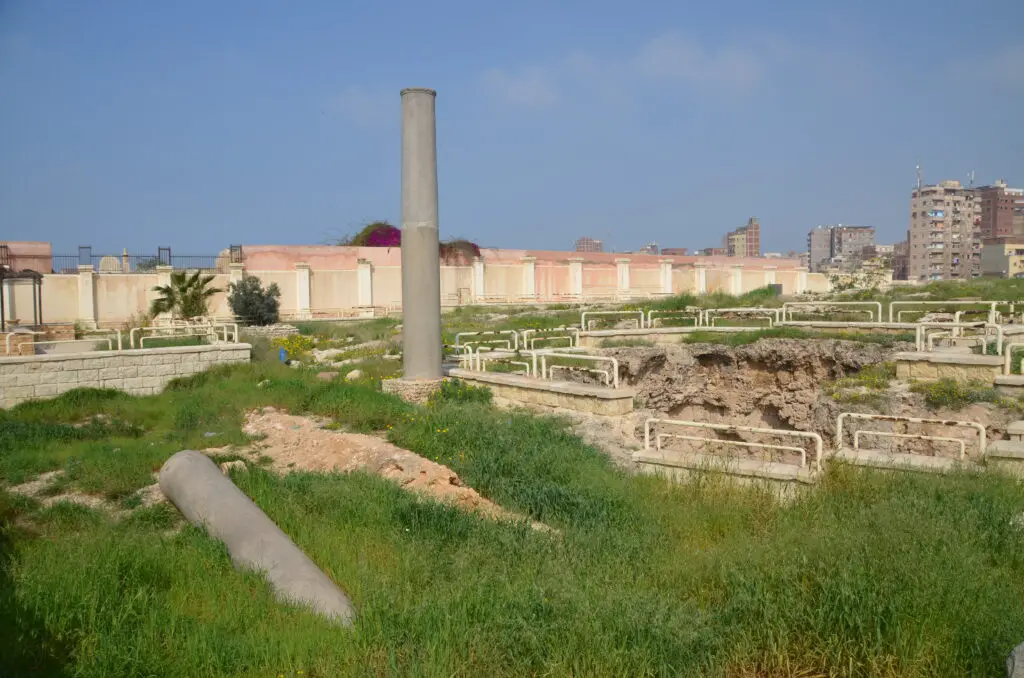
The Library of Alexandria, once the largest and most significant library of the ancient world, housed thousands of scrolls and texts from all corners of the Mediterranean. It was said to be a center of knowledge and learning, attracting scholars from all over the world. However, it was tragically lost in a series of disasters, with the most famous destruction occurring during the Roman conquest of Egypt. For centuries, its scrolls and manuscripts were believed to be lost forever, with no trace left behind. Yet, stories persist that some texts were salvaged before the library’s destruction. In the early 2000s, there was excitement when fragments of ancient scrolls, believed to be from the library, were reportedly uncovered in Egypt. Unfortunately, these fragments have either been lost or remain unverified, keeping the mystery alive. The possibility of recovering more from this great intellectual treasure is what fuels ongoing excavations and research.
Despite the excitement around these discoveries, experts remain uncertain about what exactly was preserved and how much of the Library’s vast collection might still exist in hidden corners of the world. The idea that some works from the Library of Alexandria may have survived only heightens the allure of its long-lost knowledge.
3. The Hope Diamond

The Hope Diamond, a 45.52-carat blue diamond, is known for its stunning beauty and a history filled with intrigue. Once owned by French kings, it was stolen during the French Revolution and thought to have been lost forever. However, it resurfaced in the early 19th century, sparking rumors of its curse. The diamond was eventually acquired by American socialite Evalyn Walsh McLean, who displayed it in her Washington, D.C., mansion. After her death, the diamond was sold to a jeweler who later sold it to the Smithsonian Institution in Washington, D.C., where it remains today. The diamond’s curse, linked to the misfortune of its owners, adds a dark twist to its fascinating journey.
While the Hope Diamond is now safe in a museum, its history of loss, rediscovery, and the mysterious events surrounding its previous owners only enhances its mystique. It stands as a symbol of the fragility of treasure and the paths it can take through time.
4. The Elgin Marbles
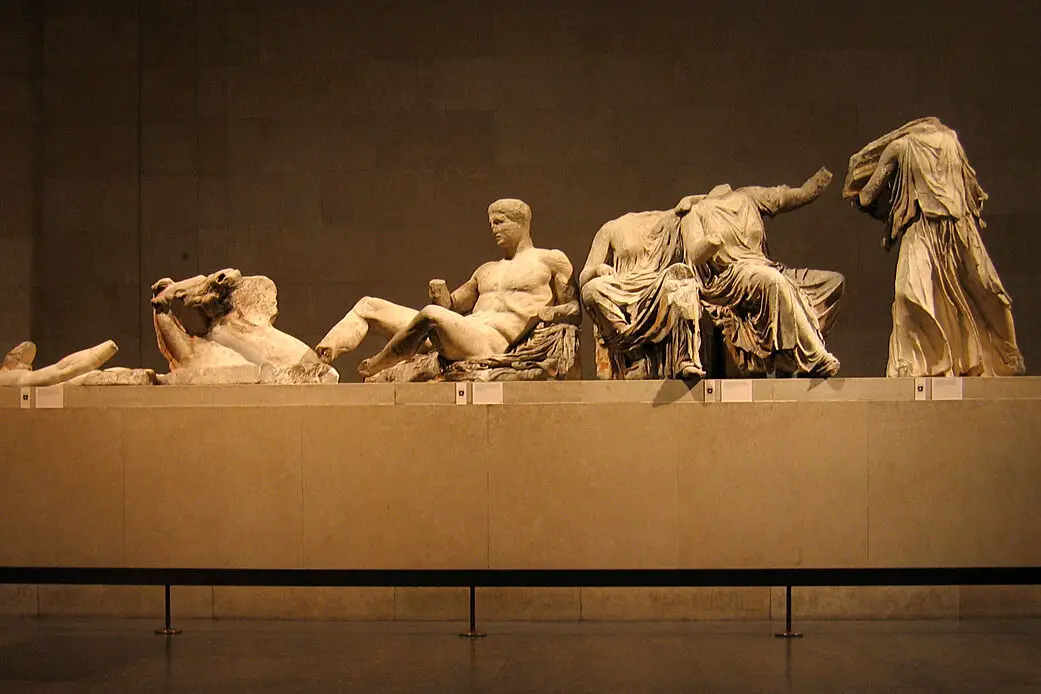
The Elgin Marbles, also known as the Parthenon Marbles, are a collection of classical Greek marble sculptures originally part of the Parthenon. These exquisite works of art were removed from Athens by the British ambassador Lord Elgin in the early 19th century and subsequently sold to the British Museum. However, their removal sparked a heated debate, with many calling for their return to Greece. In recent years, the Greek government has lobbied for the marbles to be returned, citing their cultural significance.
The marbles’ fate has been a source of ongoing legal and diplomatic tension, with the British Museum insisting they were legally obtained, while Greece argues they were illegally taken. Whether they will ever return to their rightful place in Athens remains uncertain, but the marbles’ legacy continues to live on as a symbol of cultural preservation and contested history.
5. The Ship of Gold
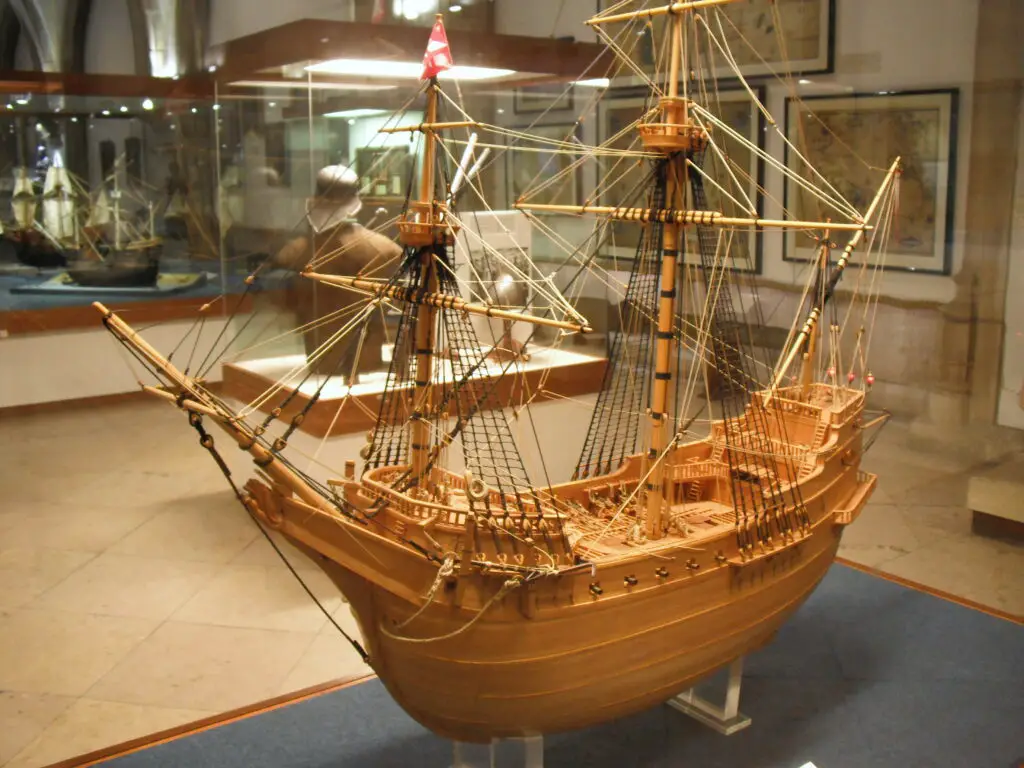
The Ship of Gold, a nickname given to the wreck of the SS Central America, was a steamship that sank in 1857 off the coast of South Carolina while carrying a cargo of gold from the California Gold Rush. For over a century, the wreck remained lost beneath the sea, its exact location unknown. In the 1980s, a team of explorers led by Tommy Thompson finally located the wreck, and the discovery sparked a treasure hunt for the gold it contained.
In the years that followed, millions of dollars’ worth of gold coins and bars were recovered from the wreck. However, much of the treasure was lost again, and legal battles ensued over the ownership of the gold. While some of the gold has been recovered, large portions of it still remain at the bottom of the ocean, hidden beneath layers of mystery and legal complexities. The search for what remains of the ship’s treasure continues, with new discoveries still being made.
6. The Nazi Gold Train
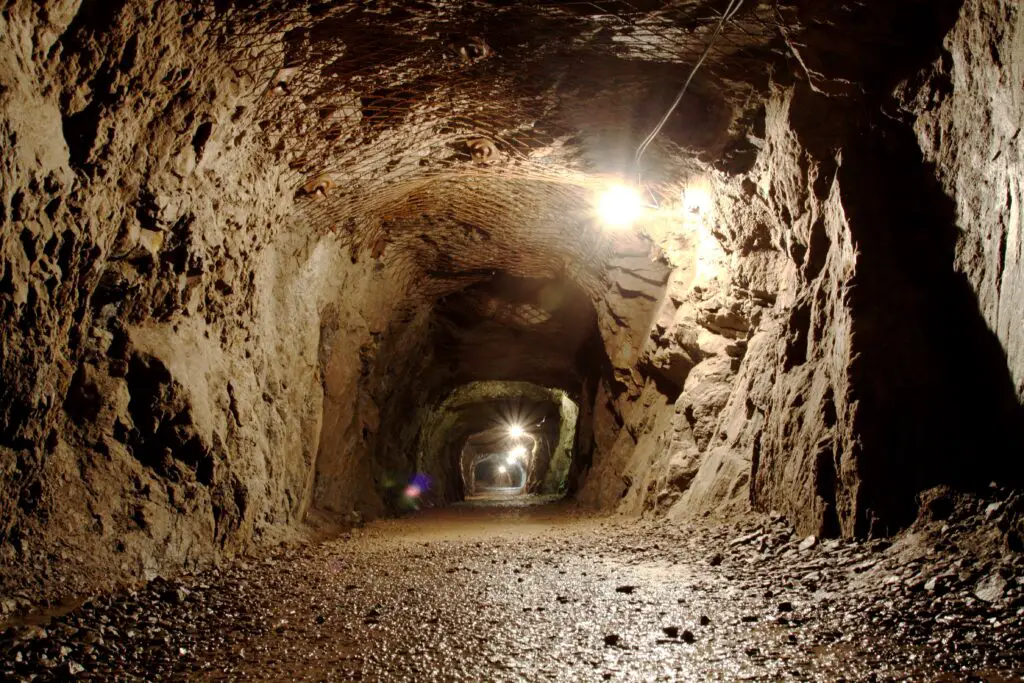
In the final days of World War II, Nazi soldiers allegedly hid a massive train filled with gold, jewelry, and other treasures in a secret underground tunnel in Poland. The train, thought to be buried in the region of Lower Silesia, was lost after the war, and for decades, its existence was debated. Some believed it was a myth, a rumor fueled by wartime hysteria. But in 2015, two treasure hunters claimed to have located the train’s resting place.
Despite extensive searches by Polish authorities, the train has never been found, and the mystery of its contents remains unsolved. While some suggest that the gold may have been looted or moved, others are convinced that the train still lies somewhere deep beneath the earth, waiting to be discovered. The legend of the Nazi Gold Train continues to captivate those in search of the final pieces of this wartime enigma.
7. Cleopatra’s Tomb
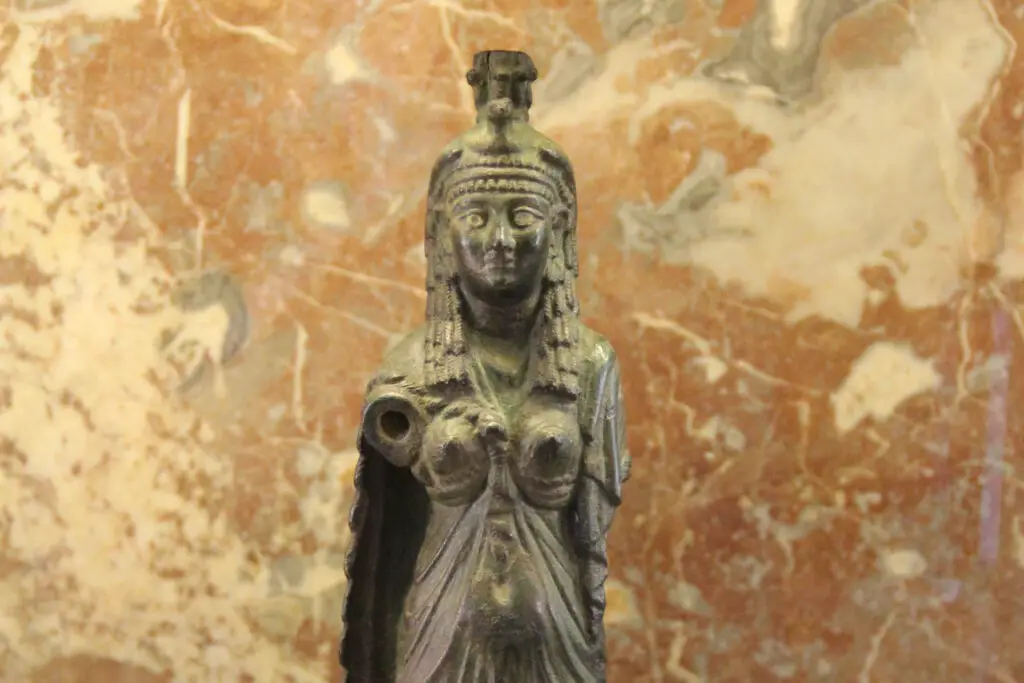
Cleopatra, the last active ruler of the Ptolemaic Kingdom of Egypt, is one of history’s most famous figures. Her death in 30 BC marked the end of an era, and the location of her tomb has been a subject of fascination for historians and archaeologists for centuries. It is believed that Cleopatra and her lover, Mark Antony, were buried together, but the exact location of their tomb has remained a mystery.
Numerous theories have been proposed, with some suggesting that the tomb lies beneath the waters of Alexandria, while others believe it could be in a hidden burial site near the Temple of Taposiris Magna. Despite extensive archaeological efforts, Cleopatra’s final resting place has yet to be found. The quest to uncover her tomb is ongoing, with every new discovery fueling hope that one day, the great queen’s final home will be uncovered.
8. The Piri Reis Map
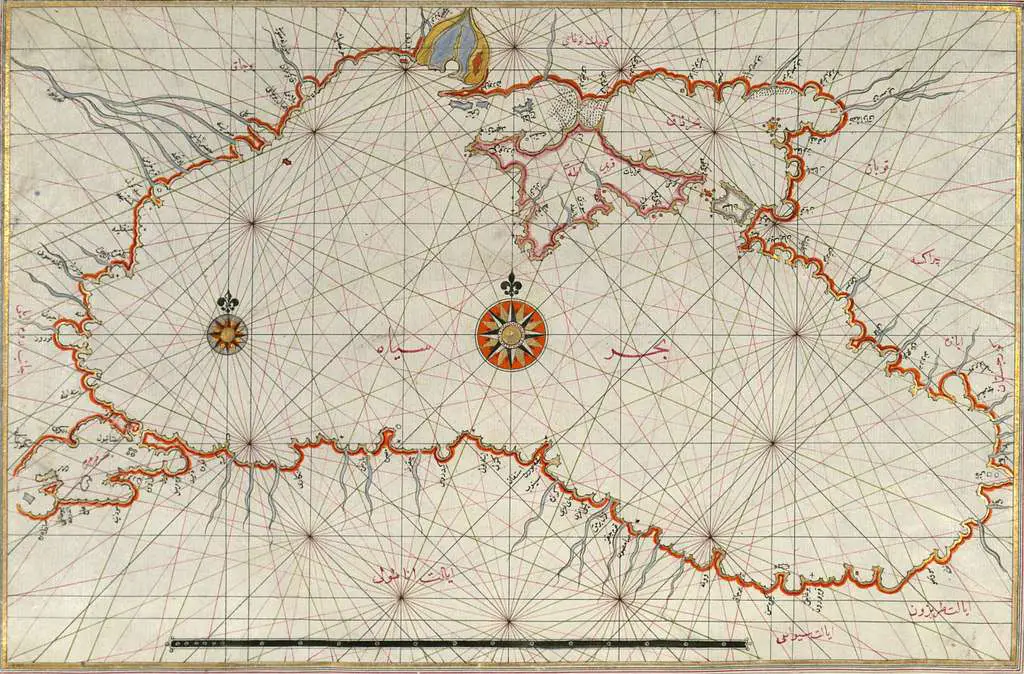
The Piri Reis Map, created by the Ottoman admiral and cartographer Piri Reis in 1513, is one of the most famous historical objects to have been both lost and rediscovered. The map, drawn on a piece of parchment, depicts parts of Europe, Africa, and the Americas, and it has intrigued historians for its detailed and seemingly advanced cartographic knowledge. The map was rediscovered in the Topkapi Palace in Istanbul in the early 20th century, sparking debates about its accuracy and origins.
Some believe that the map contains evidence of ancient knowledge of Antarctica, suggesting that civilizations from long before the time of Piri Reis may have explored the southernmost continent. While the map’s exact origins and meaning remain a mystery, its rediscovery has sparked numerous theories and further investigations. The map continues to be a source of fascination, with its secrets still hidden in plain sight.
